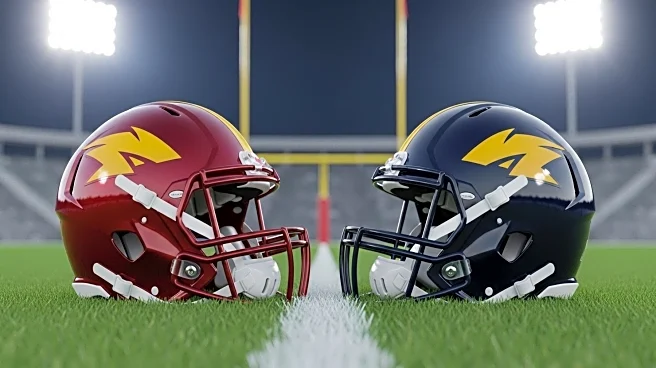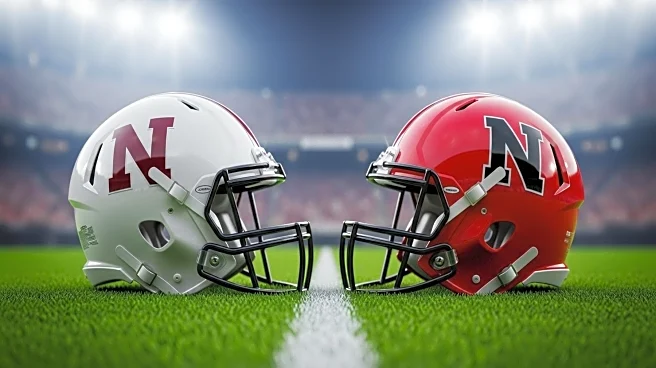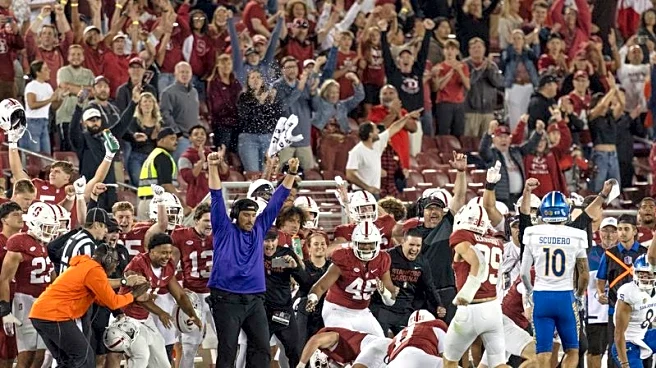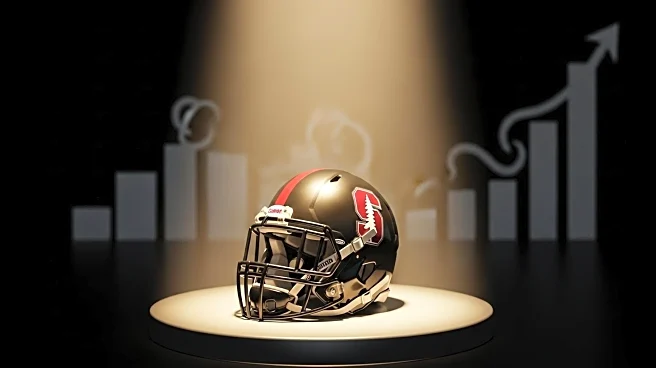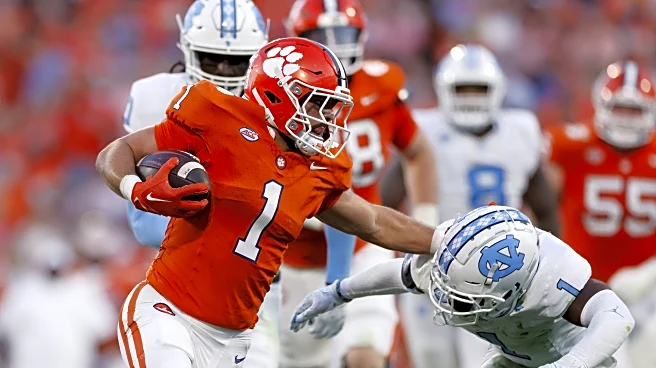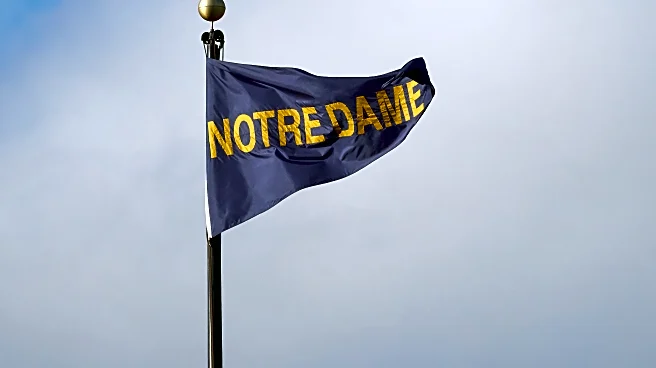What is the story about?
What's Happening?
The Stanford football program has received a $50 million donation from Bradford M. Freeman, a former Stanford football player. This contribution marks the largest individual gift in the history of Stanford football and is specifically allocated to the football program rather than any building or facility project. The donation is seen as a significant commitment to reviving the fortunes of the Stanford football team, which is currently under the leadership of new general manager Andrew Luck.
Why It's Important?
This substantial financial gift is crucial for Stanford as it seeks to enhance its football program's competitiveness and reputation. The donation could provide the necessary resources for recruiting top talent, improving training facilities, and supporting the overall development of the team. As college football programs increasingly rely on private donations to fund their operations, this gift underscores the importance of alumni support in maintaining and advancing athletic programs. The involvement of Andrew Luck, a prominent figure in football, further highlights the potential for strategic growth and success.
What's Next?
With the infusion of funds, Stanford's football program is likely to focus on strategic investments to bolster its competitiveness. This may include hiring additional coaching staff, enhancing player development programs, and upgrading training facilities. The program's leadership, including Andrew Luck, will likely outline a detailed plan for utilizing the donation to maximize its impact. Stakeholders such as alumni, fans, and the broader college football community will be watching closely to see how these changes affect the team's performance in upcoming seasons.
Beyond the Headlines
The donation also reflects broader trends in college sports, where financial contributions from alumni and supporters play a critical role in shaping the future of athletic programs. This development may inspire other former players and alumni to contribute to their alma maters, potentially leading to increased investments in college sports. Additionally, the focus on direct support for the football program rather than infrastructure projects highlights a shift towards prioritizing immediate competitive needs over long-term facility enhancements.
AI Generated Content
Do you find this article useful?


